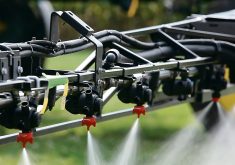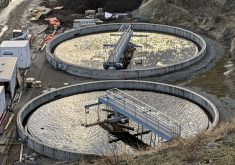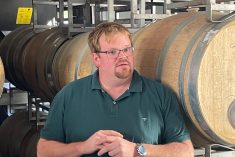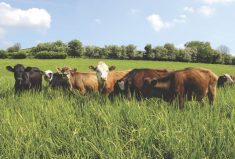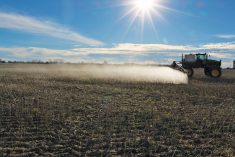Adaptations in on-farm chemical handling were recently featured at the London Farm Show.
Surepoint’s QuickDraw 3000 is designed for security, speed and accuracy when mixing chemicals, and it aligns with potential regulation changes.
“It’s been around for five or six years now,” said Jordan Wallace, GPS Ontario’s sales and advanced solutions technician.
Read Also
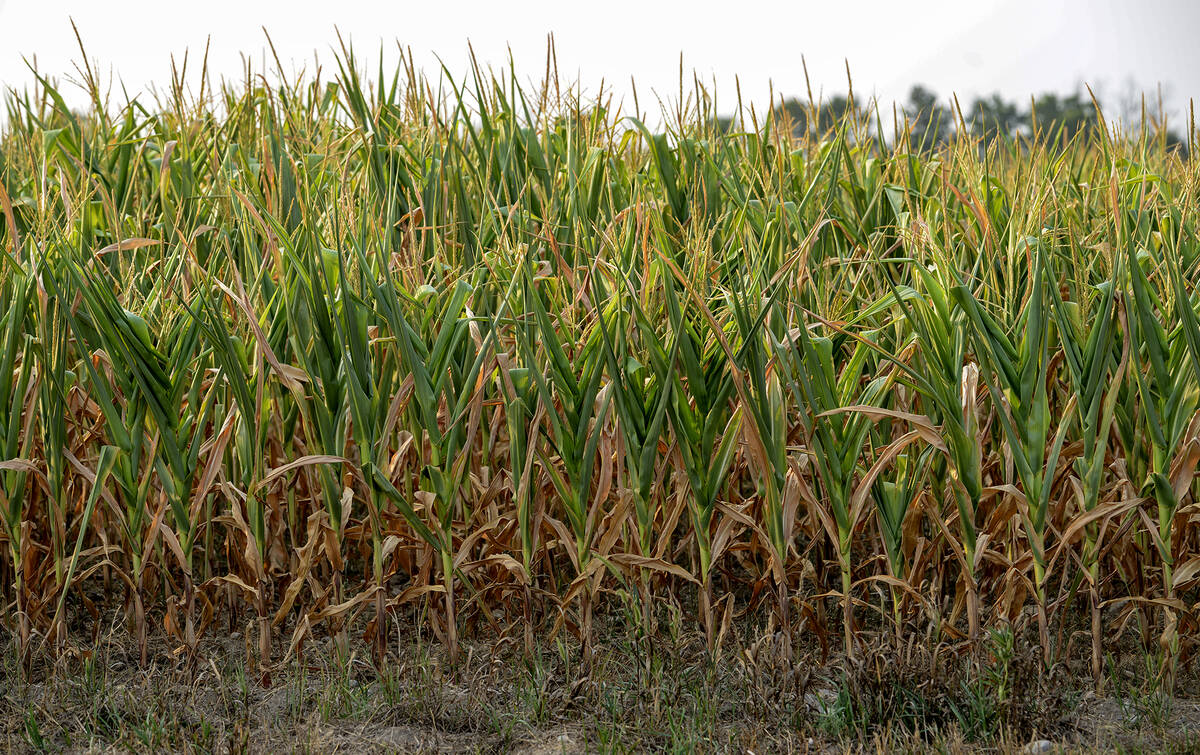
Extreme variability marks Ontario’s 2025 corn crop
The yield potential of Ontario’s 2025 corn crop was lost in some areas due to extreme dry conditions.
GPS Ontario brought the product on board in anticipation of potential changes in insecticide and fungicide regulations that will require closed-container mixing to limit exposure via splashing or water droplets.
Why it matters: Changes may be required to augment regulatory compliance in on-farm chemical handling.
“We started getting into safety regulations, and farmers were coming in contact with chemicals they shouldn’t have been coming in contact with, and because of how the system mixes, it also maintains the security of the proper tank mix all the time,” said Wallace.
The product’s integrated cam blade caddy has quick release, which cuts the cellophane on a jug and puts it into the system with zero contact by the handler.
“As it finishes mixing product one into the machine, it does a minimum three-second rinse of the whole system with clean, fresh water before it starts chemical two,” he said, adding that mixing occurs downstream rather than in the tote or container.
“We can switch from glyphosate-type herbicide products to insecticides without having any carryover of that glyphosate within our mixing station.”
Rinse water is factored into the total blend. For example, once chemicals one, two, and three are added, the system is rinsed for 25 or 30 seconds as part of the sprayer’s overall water top-up.
The QuickDraw control panel software offers various options to ensure accurate mixes at specified target rates.
“You can adjust the mixing order regardless of how you have the totes or containers plugged in, so that you always have the correct mixing rate and order of mixing,” said Wallace.
“(It’s) multilingual as well, so we can mix gallons per acre, gallons per hectare, litres per hectare, per acre or ounces and millilitres per hectare.”
The mass flow meter measures the amount of product going through, without turbines or moving parts, and conducts a density check.
“A heavy, thick product will not be as accurate going through a turbine as a thin, watery product, where the mass flow meter will actually auto-calculate that, and it’s the same exact amount all the time.”
The machine occupies the same space as a tote, about four by four square feet.
QuickDraw software traceability creates and tracks an ID for every blend and mix for the client, farm field, event or type of application, whether it’s a John Deere Operation Centre, Trimble Ag’s software Farmworks, or other market program.
“We can start looking at the tank mixing, who did the mix, where they put it, and did it go on at the right rate,” Wallace told Farmtario. “It starts getting more into that traceability piece for chemical application.”
As the software evolves, he said it will communicate data wirelessly to John Deere operations centres via Bluetooth and iPads.
“All the John Deere sprayers on the market will have the ability to take all this data and overlay it into a coverage map and know ‘batch ID 30524’ got put into field 15, was mixed by John, and applied by Peter in the field.”
Wallace said the tech is not limited to John Deere equipment and works on any sprayer and control system.
QuickDraw is also being adapted for drone applications in the 25-to-50-gallon range.
“The container size and the total batch sizes will be smaller, which means all of the plumbing can be more consistent and fine-tuned.”
Producers report a two-year return on investment, typically on chemical savings and mix accuracy.
GPS Ontario is working with Surepoint on a one-year ROI based on reduced idle time at the depot for a commercial application feeding two sprayers.
Wallace said some large sprayers show a $250 to $300 an hour depreciation value based on engine run time. If QuickDraw lowers the standard 30-minute mix to a 10-minute mix based on pumping 200 gallons a minute, a sprayer can be loaded in five to nine minutes, depending on mix complexity.
“Having an extra tank or two out per day also means more productivity at the end of the day for that operation.”




